Our story begins nearly 200 years ago on an Irish hillside overlooking the Kenmare River in County Kerry, where a massive manor house was to be built for the Mahony family.
The Mahonys had long wanted a castle atop that hill. In the early 19th century, John Mahony made the decision to build a large home there, but he lost heart for the project when his boat — returning from London with lead for the roof and wine for the cellar — sank in the river, in full view of the intended site.
After that, the project was abandoned for a whole generation. It would not be resumed until John’s son, Denis, took up the work. He hired famed Irish architect Sir Thomas Deane to design and build the castellated Gothic Revival home with a huge gallery in the entrance hall, a west wing to form a round tower and a spiral staircase containing in an attached turret.
Dromore Castle — the name came from Irish Droim Mór, meaning “large ridge” — came to be well known to the people of County Kerry. Builder Denis Mahony, as a minister in the Church of Ireland, was an ardent proselytizer. During the Great Potato Famine of the 1840s and ‘50s, he set up a regular soup kitchen at the castle … but then he insisted on preaching to the hungry as they were drawn in for the food.
Such activities did not make him popular; in fact, in 1850 he was attacked in his own church in town. Then, returning home to Dromore following the melee, he found another angry group had uprooted his flower beds and felled his trees, and now they were preparing to set fire to his castle. Some say the mob was stopped only by the intervention of the local Catholic priest.
Ancient? Yeah, Well, Not So Much…
But where does the song come into this rambling story?
Legend has it this lullaby is one of the oldest extant Irish songs, lulling medieval children to sleep with hush-a-bye, loo, low, loo, low, lan, and with gentle assurances that no matter what riotous troubles lie beyond the walls, safety abide within.
It’s a lovely legend. Unfortunately, there’s no truth to the story that the song is ancient. On the contrary, it traces back… oh, about 125 years or so.
Here’s What We Know
After the ardent Reverend Denis died in 1851, Dromore Castle passed down to a succession of Mahonys. In the 1890s, it came to a national celebrity: tennis star Harold Mahony, who was to be the last Irish winner at Wimbledon.
It was during Harold’s time as head of the Mahony clan that another Harold — songwriter Sir Harold Boulton — came for a visit. Boulton already was famous for writing “The Skye Boat Song,”and it is thought he wrote the words for his even more popular "Castle of Dromore" during or shortly after that stopover. He published the song in 1892 in English, and later it was translated from English into Irish.
Boulton filled his verses with evocative images: autumn winds lamenting around the castle walls, a mother in those peaceful, lofty halls rocking and softly singing to her child. Then we hear her prayer:
Let no ill will to hinder us, my loving babe and me,
Dread spirits of the Blackwater, Clan Owen's wild banshee.
And Lady Mary, pitying us,
In Heaven for grace doth sue.
Sometimes recorded under the name “October Winds,” this is likely the only song — much less a lullaby — in which you’ll heard someone warding off banshees. Surely, though, that reference is a prime reason some listeners have passed along the notion that the song just has to be ancient. Who talks about banshees any more?
Banshees in Irish lore — often depicted as crazy, mournful crones — are spirits that portend death in a family. Each castle or clan could claim its own banshee. The banshee’s wail was said to sound like the wild wind through the trees, like the winds on raw October night, perhaps?
Our Take on the Tune
The Flood’s eclectic repertoire can routinely pivot from an R-rated blues or hokum tune to a some sweet family-friendly ballad. Even a lullaby might pop up from time to time, like this lovely Irish melody. And we toss in the banshee for free.

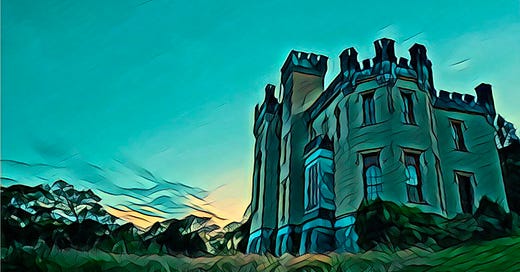



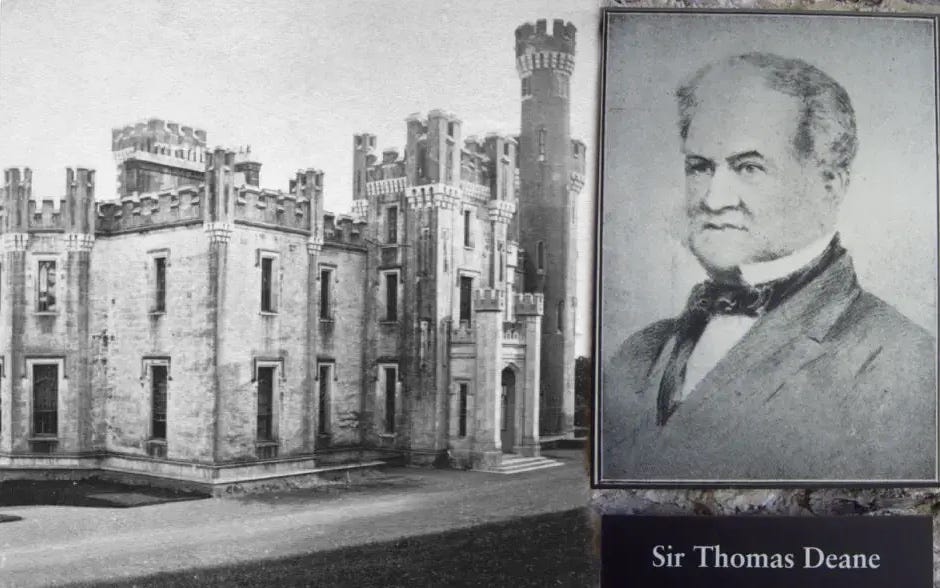
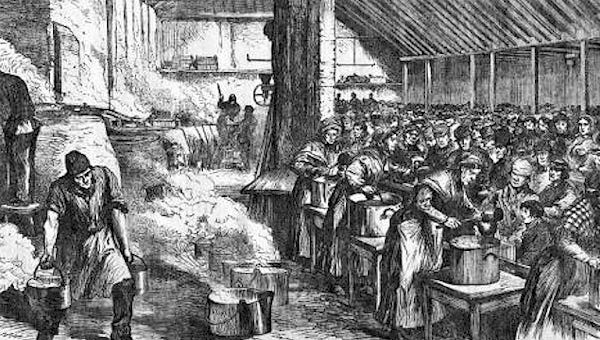
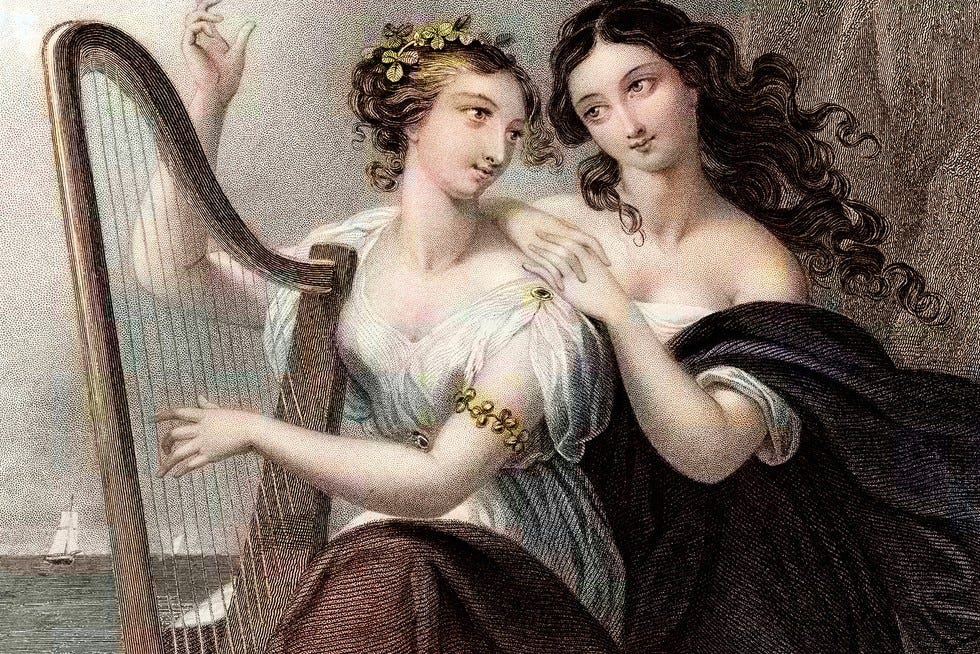
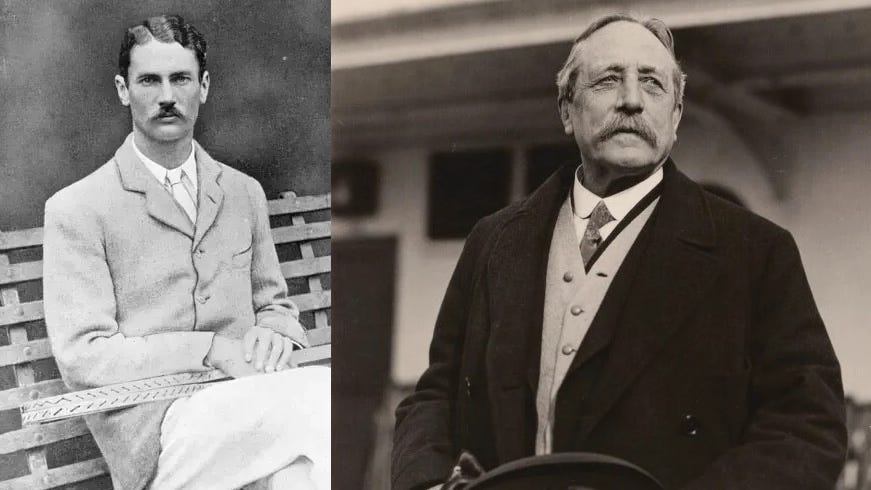
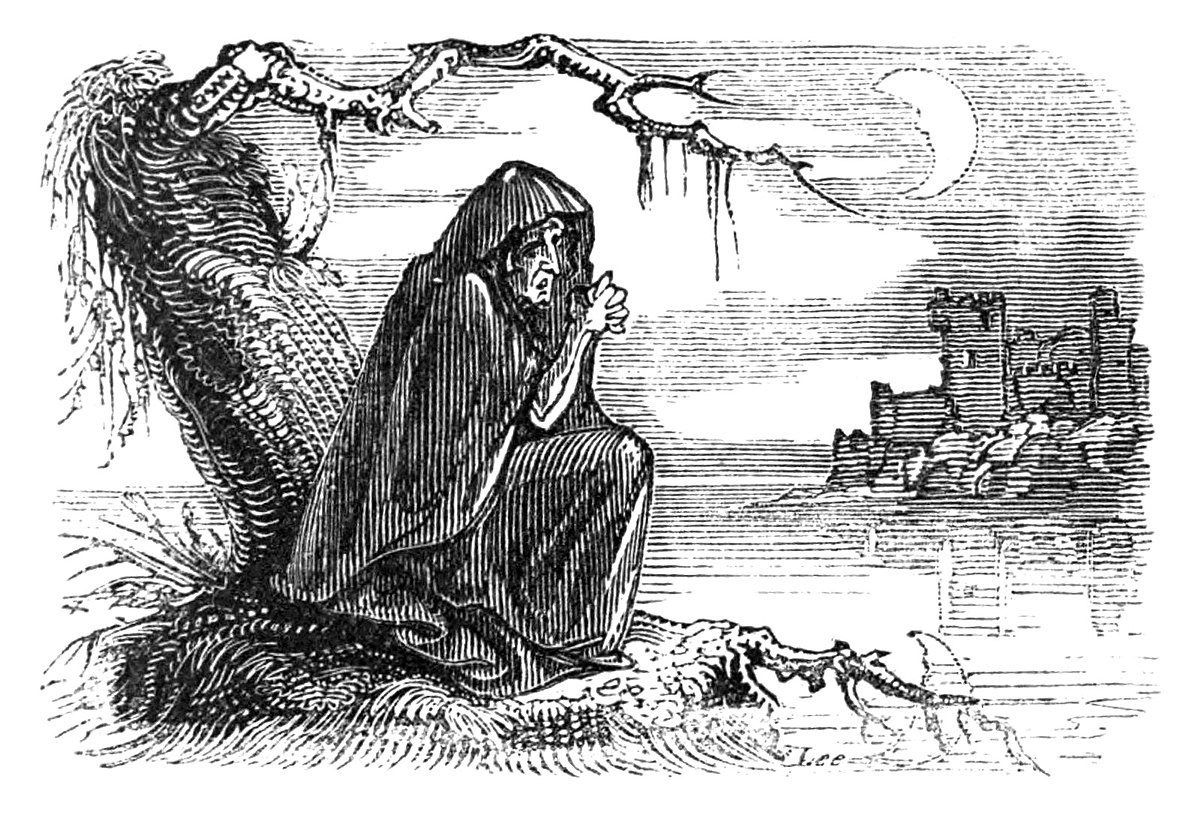










Share this post